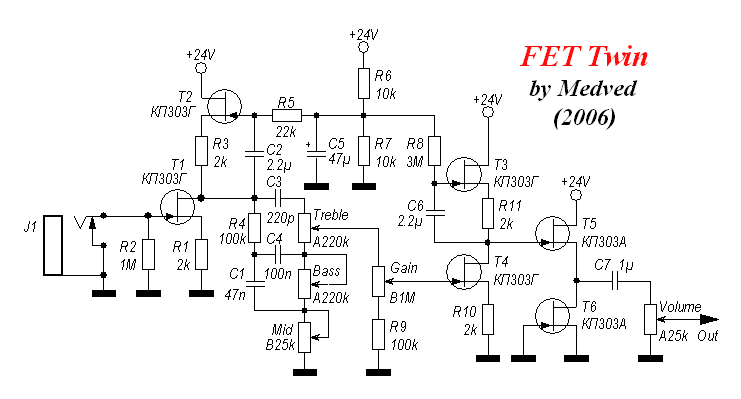Originally posted by Chuck H
View Post
Justin
 And, to be fair, the AC30 incorporates more than one slightly goofy circuit of it's own. In principal you're spot on though. If a player can't make music of almost any genre with an AC30 then what's it going to take.
And, to be fair, the AC30 incorporates more than one slightly goofy circuit of it's own. In principal you're spot on though. If a player can't make music of almost any genre with an AC30 then what's it going to take.
 ) I chose to use a cap designed as a snubber with a voltage rating of something like 2kV.
) I chose to use a cap designed as a snubber with a voltage rating of something like 2kV.

 The "magic" of some of the old designs was how they could dance to that song without exploding... Often. So maybe those guys that we say "Never expected those amps to be cranked" were actually paying attention after all.?. It's occurred to me more than once. They were real deal engineers after all and this technology we consider old was all they were paying attention to! It would probably stun the best of us, what we DON'T know or have failed to account for.
The "magic" of some of the old designs was how they could dance to that song without exploding... Often. So maybe those guys that we say "Never expected those amps to be cranked" were actually paying attention after all.?. It's occurred to me more than once. They were real deal engineers after all and this technology we consider old was all they were paying attention to! It would probably stun the best of us, what we DON'T know or have failed to account for.


Comment